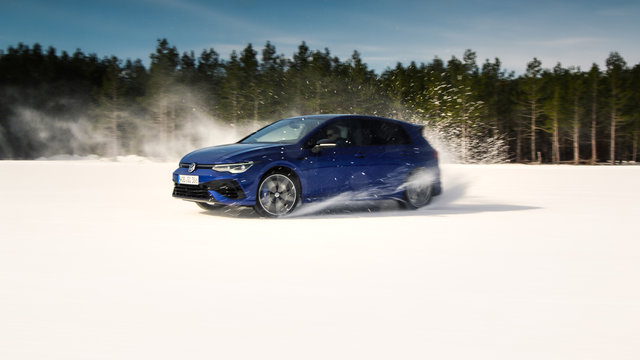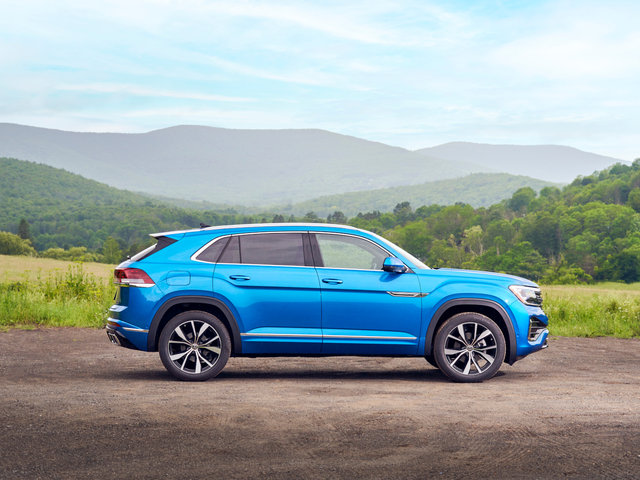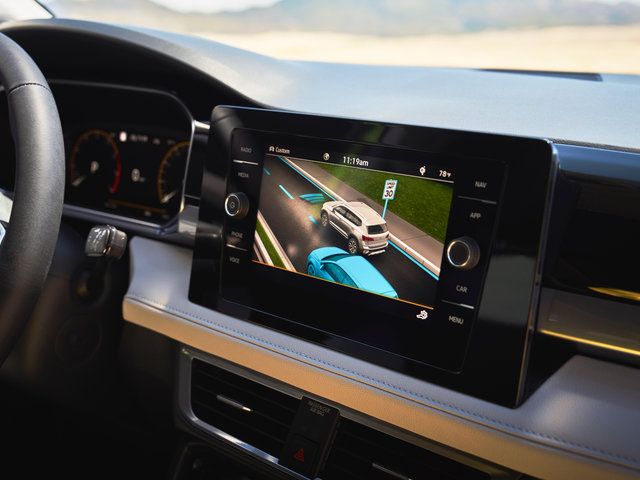If we take a look around the products in the Volkswagen range, we realize that they benefit from a front-wheel drive configuration, that is to say that their architecture ensures that it is the front wheels that come to life when you step on the accelerator.
However, most models offer 4MOTION all-wheel drive. Here's how it performs when the situation calls for it.
First, it should be mentioned that the system relies on a Haldex center differential which acts as a bridge between the front and rear axles. The latter also works in conjunction with other safety features like the anti-lock brake system (ABS), as well as the stability control (ESP).
Now, once on the road, the front wheels take care of moving the vehicle forward. However, if a loss of grip is detected by the sensors, torque is then sent to the rear wheels, and more specifically to the one that badly needs it. The beauty of it is that the system gets to work before you even have time to realize anything behind the wheel, so you get maximum grip. at all times, even if the road is slippery, snowy, etc.
This execution is ensured by the multi-disc clutch of the Haldex system. The latter manages the transmission of power to the rear wheels and the distribution can even reach 100%. Otherwise, the front wheels take care of everything and by the way, fuel economy is improved.
In short, the 4MOTION system gives us grip at all times, whether it's getting out of a snowbank or preventing us from skidding on a slippery surface by maintaining a constant and well-distributed grip. It can even serve fans of sportier driving by promoting more optimal contact with the road when negotiating a turn at higher speeds, for example.





